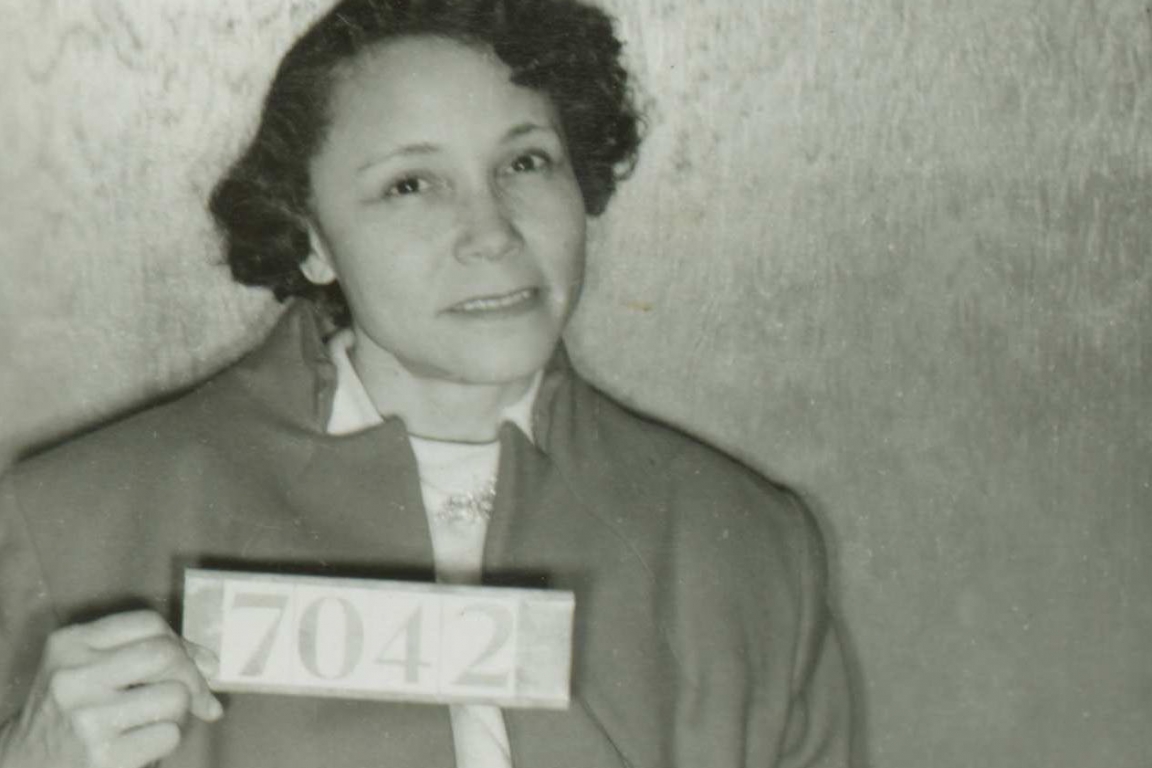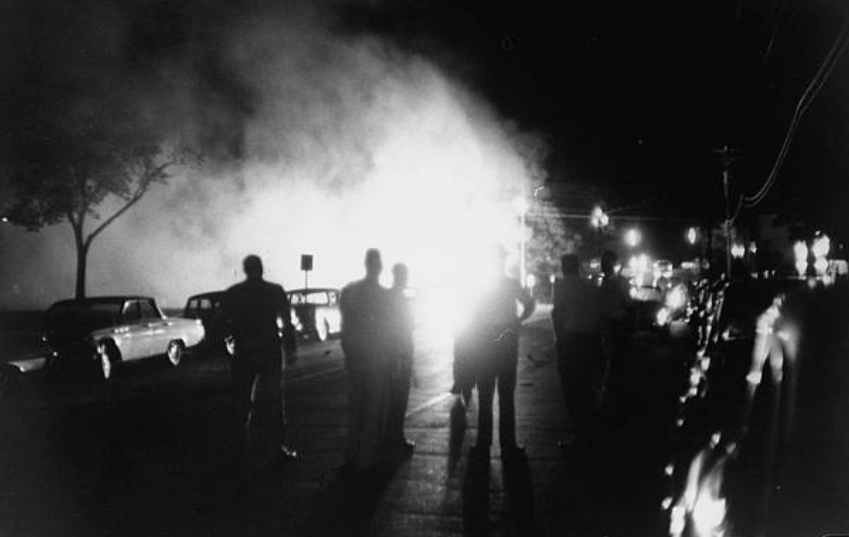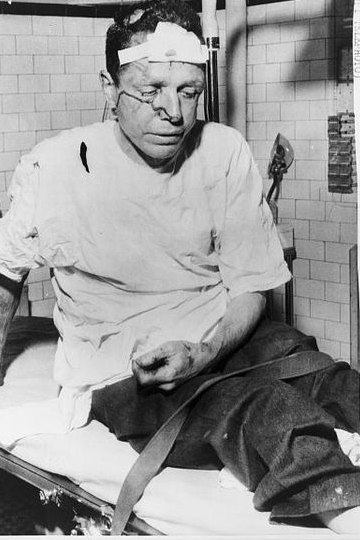Who did Rosa Parks Influence?
Long Term Impact
JoAnn Robinson
In a 1976 interview, Robinson pointed out, "That boycott was not supported by a few people; it was supported by 52,000 people." "The boycott was the most beautiful memory that all of us who particiated will carry to our resting place" - JoAnn Robinson
Greensboro, North Carolina Sit-ins

[Montgomery County Archives, 1955-1956]
February 1st, 1960, four black men sat at the Woolworth lunch counter. Well dressed, the men politely asked to be served. Ignored, the men remained sitting until closing. The following morning two dozen students sat in Woolworth and attracted the media. The students endured beatings, tauntings, and arrests. The "Student Executive Committee for Justice '' was formed to coordinate other protests. More than 50,00 students in thirty different locations across seven states joined the sit-in.

Riots in Montgomery over Freedom Riders.
The Freedom Ride
Though Rosa Parks broke a legal barrier regarding bus segregation, citizens remained separated. In May of 1961, freedom riders black & white boarded buses headed south with similar plans as Parks’, sit and endure. In Birmingham Alabama, white men boarded a freedom riders bus and beat the riders with chains and sticks, riders remaining nonviolent. President Kennedy sent federal agents to protect riders but urged them to discontinue the ride, still, the freedom riders continued and endured beatings and arrests by mobs and police. Finally, at the prodding of President Kennedy, the Interstate Commerce Commission ordered the integration of all interstate buses, trains, and air terminals. Signs indicating “colored” & “white” sections came down in more than three hundred Southern stations.
“We felt we could count on the racists of the South to create a crisis so that the federal government would be compelled to enforce the law.” - CORE director James Farmer

[Wikimedia Commons, 1961]
The March on Washington
Leaders from six prominent civil rights groups joined the NAACP to organize and execute the march that A. Philip Randolph threatened so many years ago. On August 28, 1963, about a quarter-million people participated in the historic March on Washington for Jobs and Freedom. The marchers gathered near the Lincoln Memorial to hear different civil rights leaders speak, one of which was Martin Luther King Jr, it was here that he delivered his famous I Have a Dream speech.
We can thank the civil rights pioneers for their incredible bravery and vision for a better America.
"In many ways, history is marked as 'before' and 'after' Rosa Parks. She sat down in order that we all might stand up, and the walls of segregation came down." - Jesse Jackson, American Civil Rights Activist
“I have a dream that one day on the red hills of Georgia, the sons of former slaves and the sons of former slave owners will be able to sit down together at a table of brotherhood.” – I Have a Dream, Rev. Dr. Martin Luther King, Jr.
(Above) Obama Unveiling Rosa Parks Statue at The Capital
(Left) NY Times Honoring Rosa Parks Death
Penelope Torres and Kaylee Bahler ~ Senior Group Website ~ Word Count: 1154 ~ Media Minutes: 3:50 ~ Process Paper: 429 Words